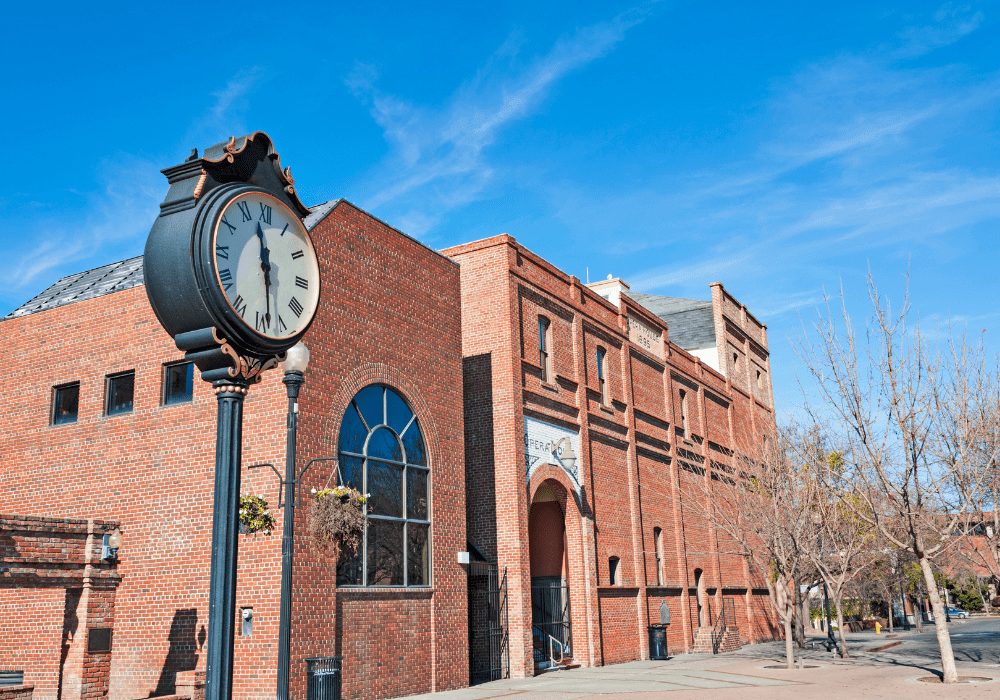
Woodland Opera House State Historic Park
Location: 340 2nd St, Woodland, California 95695, United States
Features: Opera house
Table of Contents
About the Woodland Opera House State Historic Park

Woodland Opera House State Historic Park is situated in Yolo County downtown Woodland. The city of Woodland operates Woodland Opera State Historic Park. The Woodland Opera House was declared a California State Historical Park in 1976 and donated to the state in 1980. Its restoration was begun in 1981. The Woodland Opera House State Historic Park is one of four fully functioning 19th century opera houses in California.
Top 3 Adventure Hacks
1. Enjoy A Local Production
The Opera House holds mainstage subscriber productions from September to June. The theatre also has a summer youth theatre camp in August of each year and a Young People’s Theatre Program that runs throughout the year. The theatre also works with the Yolo County Office of Education to provide very low-ticket prices for students for school day performances of plays that are currently running. In addition to play and drama productions, the Opera House is also used for a variety of music performances, comedians, and in rare cases even weddings.
2. Discover Local History
Designed in 1885 by Thomas J. Welsh, a prominent San Francisco architect, for the amount of $28,000, it was the first opera house to serve the Sacramento Valley. The builder for the community theater was Woodland contractor William Henry Curson. Several years later in July 1892 a fire that started in Dead Cat Alley behind the Opera House destroyed much of what is now the Downtown Woodland Historic District, including the Opera House.
3. Admire Architectural Design
The present Opera House is a simple, two-story, red brick structure. The structure is approximately 104 feet long by 60 feet wide; and its walls are 20 inches thick. A stage house on top of the north end of the Opera House (destroyed by fire in the 1930s) rose to a height of 60 feet above the street level. The building partially shares a common wall with the building on its western side, Its interior is an example of 19th-century American playhouses. The layout of the stage is a typical proscenium arch. It combines the horseshoe balcony with an uninterrupted semi-circular seating arrangement and large orchestra seating area like the common theme in Italian Renaissance-Revival theaters.
Whatever you do, don’t travel without the proper adventure gear!
To your next adventure.




